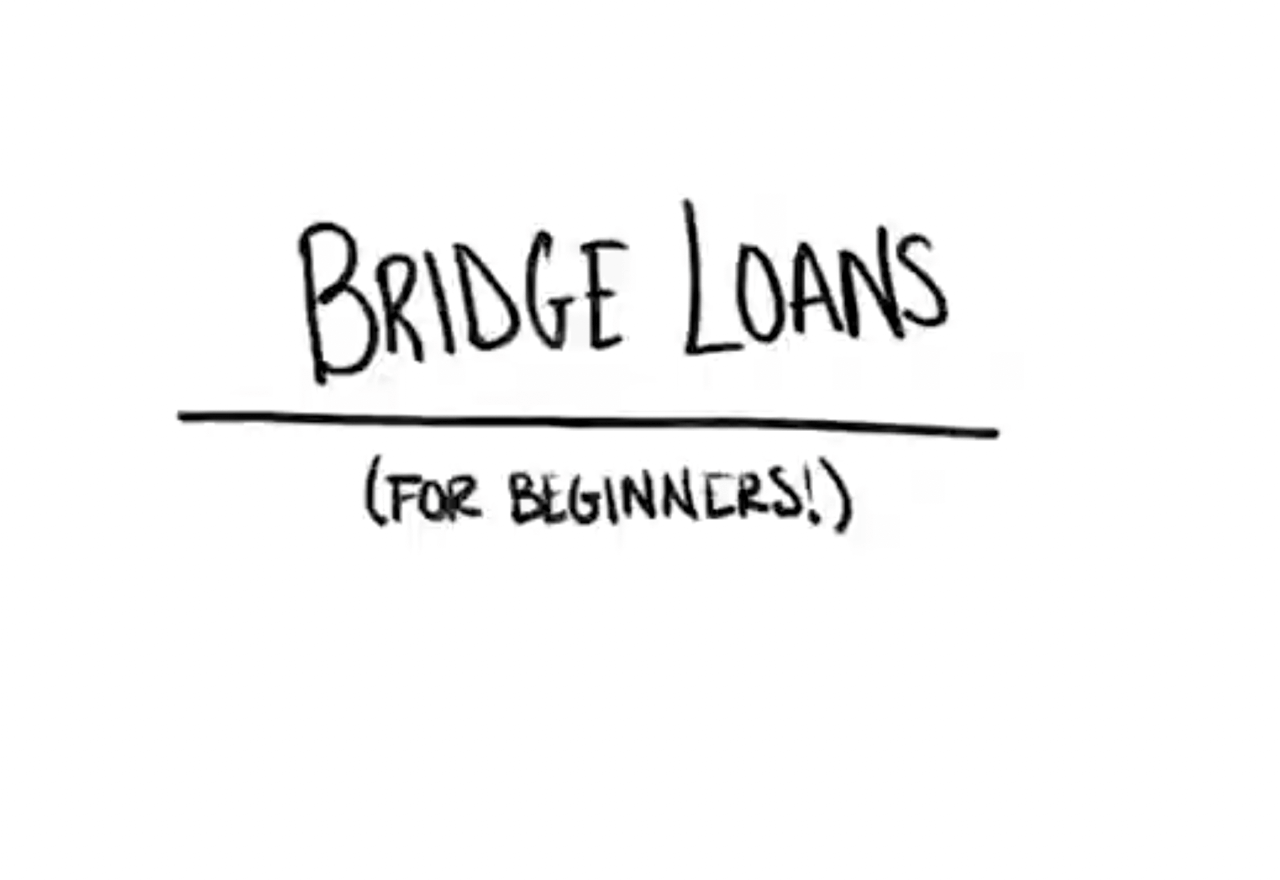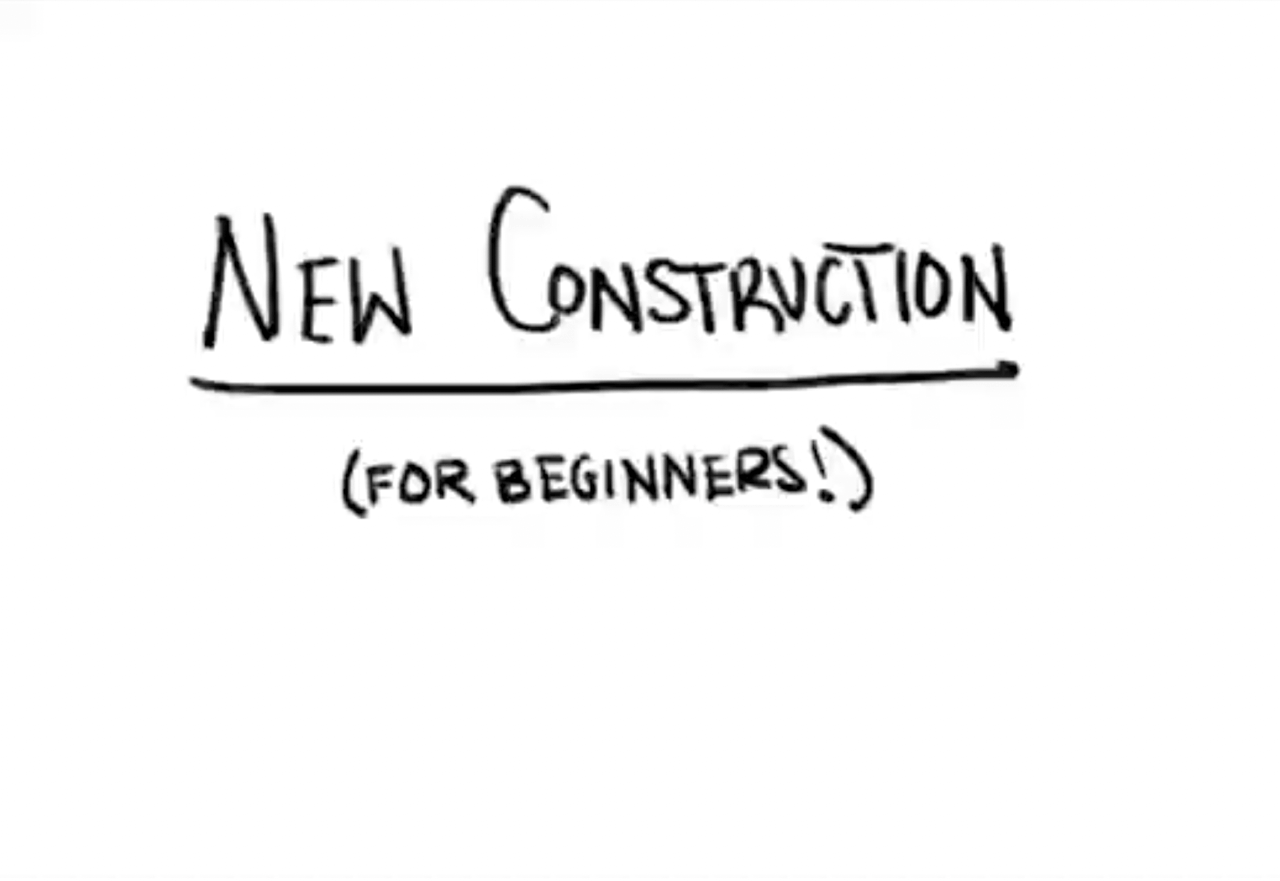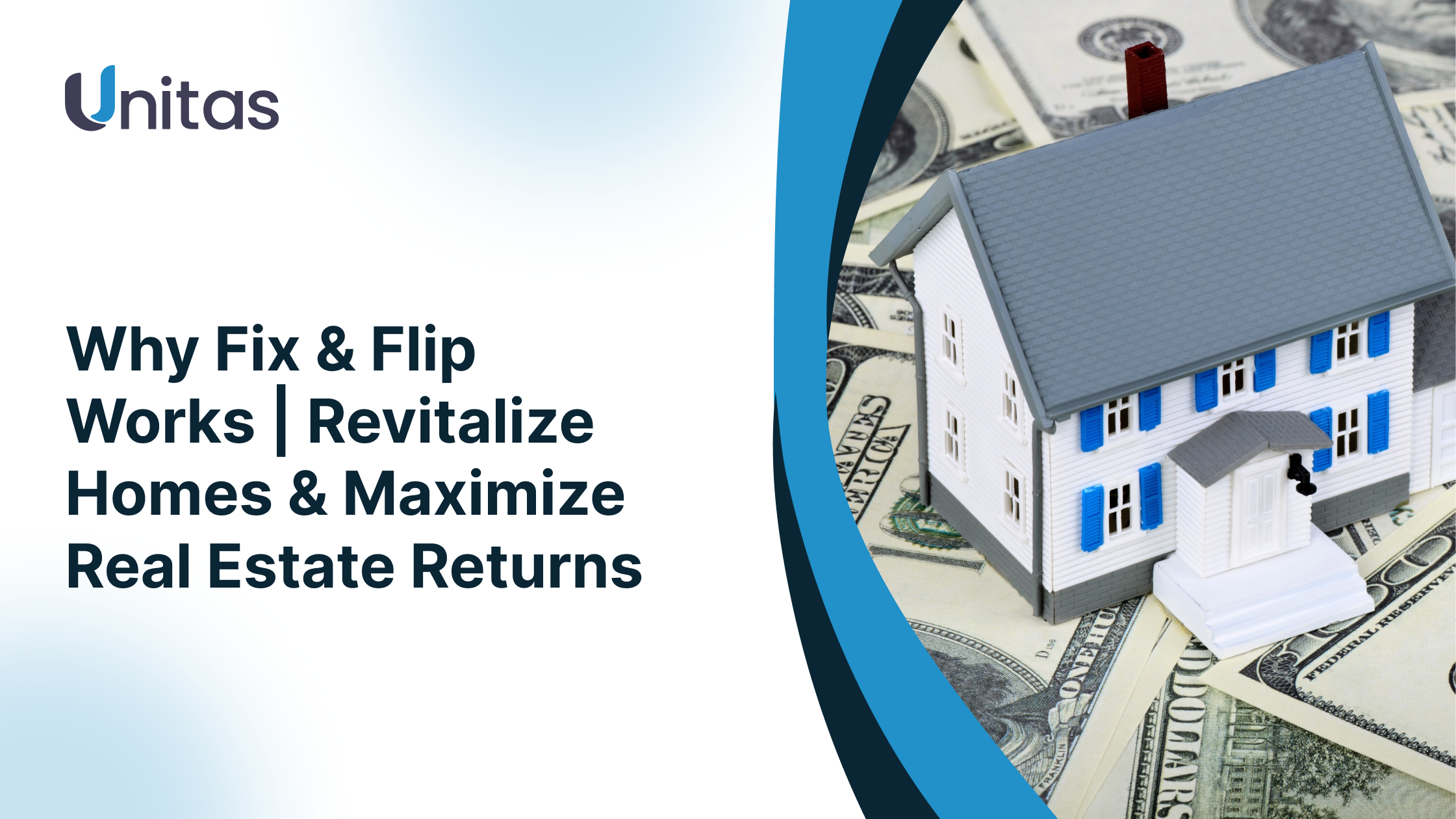Learn How
Blogs
We believe real estate lending doesn’t need to be complicated. Our mission is to demystify the lending process through clarity, education, and transparency—so our clients can focus on what they do best: investing.
Learn How
Blogs
We believe real estate lending doesn’t need to be complicated. Our mission is to demystify the lending process through clarity, education, and transparency—so our clients can focus on what they do best: investing.
Tutorials
We believe real estate lending doesn't need to be complicated. Our mission is to demystify the lending process through clarity, education, and transparency, all so our clients can focus on what they do best: invest.

beginner
It's all in the Bridge-Loan.
Need cash now, flexibility on timing, and a plan to exit clean, welcome to the world of bridge loans, your shortcut to move-in ready investments without the wait.

Beginner
How to Fix & Flip a home.
Buy the deal, transform it smartly, then flip it for profit, that's house flipping, done right. Watch our quick tutorial here!

Beginner
Let's talk about new construction.
From empty lot to dream home, get ready to discover the power, pitfalls, and potential of new construction investing.
.png?width=1240&height=350&name=Frame%202%20(1).png)
Glossary
What is a Draw Schedule ?
What Is a Single Purpose Entity?
FAQs
DIVING DEEP
What types of real estate investment loans does Unitas Funding offer?
Unitas Funding offers flexible real estate lending opportunities designed to help investors move quickly and scale confidently. Our loan products include:
- Fix & Flip Loans – Short-term financing to purchase, renovate, and resell properties for a profit. Includes funding for both acquisition and rehab costs.
- Fix & Hold Loans – Same as above but ideal for investors who need short term financing to renovate before renting properties for long-term income.
- New Construction Loans – Ground-up construction financing for builders and developers starting new residential investment projects.
- Bridge Loans – Short-term loans that help you secure a property quickly or cover gaps between buying and selling. Perfect for time-sensitive opportunities or refinancing transitions.
Each loan is tailored to your deal and strategy, with competitive terms, fast approvals, and funding timelines designed for real estate investors.
How do fix & flip loans work?
Fix and flip loans are short-term real estate investment loans used to purchase and renovate a property, with the goal of selling it quickly for a profit. These loans often cover a large portion of the purchase price and renovation costs.
What’s the difference between fix & flip vs. fix & hold loans? When would I choose to fix and hold vs. fix and flip?
The main difference between a fix & flip vs. a fix & hold is your exit strategy:
- Fix & Flip: Short-term investment. Buy, renovate and resell quickly. Choose a fix & flip if:
- You’re looking for short-term profit
- The property can be sold quickly in a hot market
- You prefer reinvesting profits into new deals rapidly.
- Fix & Hold: Long-term investment. Renovate and rent the property to generate passive income. Choose a fix & hold if:
- You want to build long-term wealth through rental income
- The area has strong rental demand
- You’re focused on tax advantages and/or cash flow
What is a bridge loan (also known as Hard Money Loan) and when should I use one?
Bridge loans vs. a typical short term Construction or Renovation loans all have unique purposes. A Bridge loan is without a renovation or construction component while waiting to sell or rent the subject property. Bridge loans have higher interest rates and an average 12-month term, but the loan terms will differ from borrower to borrower based on experience, credit, and other factors.
What should I consider when picking a real estate lender?
Here are key factors to look at when picking a lender:
- Speed and Reliability of funding: Can they close quickly when a good deal arises?
- At Unitas, our responsive team of real estate lending experts can close in as little as 10 days with a streamlined process.
- Our capital partner has helped fund over 10,000 loans and $4.5 billion dollars in short term loans. We know the importance of reliable capital and have aligned ourselves to provide you the security and trust your funding will be there when you need it.
- Loan Terms: Are the rates and fees competitive?
- At Unitas, we offer competitive rates starting at 9.25% and leverage up to 92.5% LTC
- Experience & Reputation: Do they specialize in real estate investment lending and do they have good reviews with repeat clients?
- At Unitas, our team builds together construction knowledge, institutional lending expertise and deep real estate roots.
- Flexibility: Can they tailor the loan to your project?
- At Unitas, our real estate lending team customizes every loan to your project and support you from pre-approval to the final draw.
What does AR-LTV or ARV (After Repair Value) mean, and how do I calculate it? (can we link to a resource here?)
AR-LTV, ARV, or After Repair Value, is the estimated market value of a property after renovations are completed. It helps investors understand a property’s potential resale value and is key in calculating offers and loan terms.
Although complicated to calculate a precise ARV, we recommend using this calculation to get a good estimate:
- Find 3-5 comparable properties (comps) recently sold in the area you are looking to purchase the real estate investment
- Adjust for differences (sq. ft, features, condition, etc.)
- Average the adjusted sale price to estimate ARV
How many draws can a borrower request?
There is no limit on draw requests but needs to be within reasonable range. A typical project takes about 10 draws to be completed.
What happens if Unitas does not fund the whole draw request?
Someone on the draw team will follow up and explain what line items that are not being funded.
Unitas may request for more pictures to be provided or more work to be completed.
What type of inspections are acceptable?
Unitas accepts 3rd party inspection reports.
Pictures, a budget, and a completed report are the minimal requirements.
ONCE I’M APPROVED
What is the 70% rule in house flipping?
The 70% rule is a guideline to help flippers determine the maximum price to pay for a property. It suggests you should pay no more than 70% of the ARV (After Repair Value) minus the cost of repairs.
This helps ensure the project is profitable after factoring all associated costs (renovations, holding costs, selling costs).
How it’s calculated: Maximum Purchase Price = (ARV × 70%) – Repair Costs
What are common mistakes to avoid in fix and flip investing?
Some frequent errors include:
- Underestimating renovation costs or Failing to build in a contingency buffer for construction surprises
- Overestimating ARV
- Skipping proper inspections
- Ignoring holding costs (taxes, insurance, interest) or market fluctuations which could impact the time it takes to sell/flip your property.
Working with a knowledgeable, experienced and reputable lender like Unitas while doing your due diligence will help avoid these errors.
What is the procedure for a DrawRequest - Direct?
Unitas borrowers submit initial draw requests to drawrequest@unitasfunding.com. When submitting a draw request, please provide the following items:
- Total dollar amount of draw reimbursement being requested.
- Full name, phone #, and email address for 3rd party inspector to contact and setup inspection. Unitas places these inspection orders with NVMS.
- The project’s budget updated with the rehab work completed for the current draw request.
- Wire instructions for the borrower bank account where the draw funds will be remitted to.
A member of the Unitas Draw Team will then check that the borrower’s rehab budget for the current request matches the original budget provided during the loan diligence process prior to initial deal settlement.
Using the completed inspection report produced as well as the project’s rehab budget will ensure all the items the borrower is requesting reimbursement for have been completed.
- During the draw review process, depending on the level of completion, a determination is made as to the dollar amount that is approved for reimbursement.
- With each draw request the individual reviewing the inspection and rehab budget is confirming that enough rehab dollars remain available to complete the project before releasing any additional rehab funds.
- Once the draw is approved, the Unitas Draw Team will notify the broker/borrower via email that the draw is approved.
- If the draw is not approved, the Unitas Draw Team will provide an explanation of any missing work or information that must be provided.
The Unitas Draw Team will submit the draw memo with the dollar amount that has been approved for reimbursement as well as the provided wire instructions for release
- For a new payee, the wire instructions are verbally confirmed with the borrower/borrowing entity receiving the wire by Unitas
- The wiring will be sent directly to the borrower/borrowing entity
- The Unitas Draw Team will notify the broker/borrower when the wire is sent for release.
What is the average turnaround time for draw requests?
24-48 Hours after the completed inspection report is received by the Unitas Draw Team o If the draw request is not completed in 48 hours, the broker/borrower should follow up to see where the draw request stands.
Do materials need to be installed prior to request?
Initially, yes, but in some cases, they may only need to be on site.
Can a borrower receive draws if they are delinquent?
No, a borrower must be current on their payments before anymore, draws are released.
Does Unitas require lien waivers and date down endorsements for all draws?
Yes
Can a borrower reallocate funds from the approved budget without Unitas approval?
No, any amount of fund reallocation must be sent to Unitas for approval.


